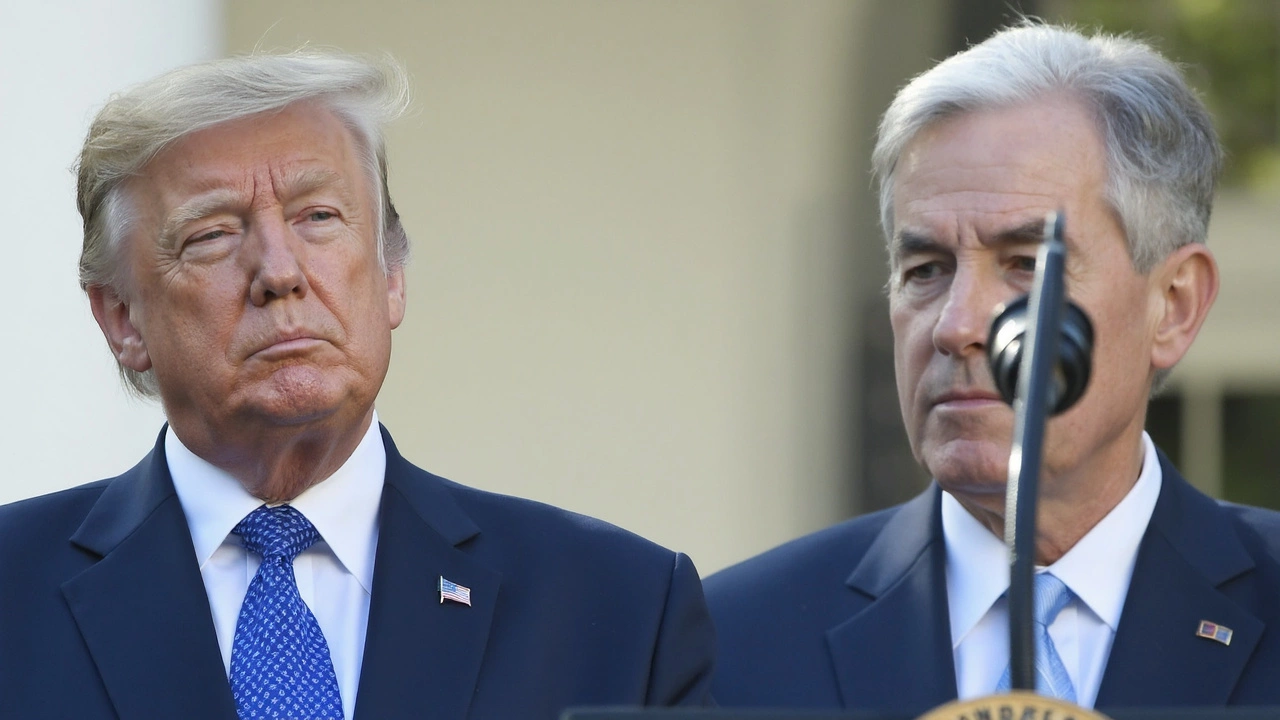Trump's Fed Criticism Hits Fever Pitch After Jobs Disappointment
The U.S. private sector limped through May, adding only 37,000 new jobs, according to the ADP National Employment Report. The result shocked economists who expected much stronger numbers—110,000 new jobs was the consensus. April's already modest figures didn't help matters either, as they were quietly revised down to just 60,000. The moment the data hit, Donald Trump zeroed in on Federal Reserve Chair Jerome Powell. With his typical flair for nicknames, Trump blasted Powell as 'Too Late' on Truth Social, taking a direct swipe at what he sees as slow, stubborn inaction from the Fed on interest rates.
This public drama comes as economic warning signs begin flashing. European central banks have been on a cutting spree—lowering rates nine times since last June. For Trump, this is proof the U.S. is falling behind. "Other countries are leap-frogging us in growth," he argued. His point: the Fed's higher rates are choking America's competitive edge, especially against rivals like China, and making it costlier for businesses and consumers to borrow money.
The Fed, Europe's Actions, and The Political Heat
The tension doesn't end with angry posts. Trump and Powell apparently met behind closed doors, with Trump reportedly venting about the Fed's higher rates and their effect on the economy. Powell held his ground, insisting—at least publicly—that data guides Fed decisions, not politics. Trump once floated firing Powell in a fit of frustration but backed off, publicly saying in April he would keep the Fed chair in place for now.
All this plays out while Europe’s Central Bank is shifting its own strategy further. Amid softer economic growth and easing inflation, the European Central Bank just approved its eighth rate cut in a little over a year. Powell, on the other hand, has made it clear that containing inflation remains his top mission—even as public and political pressure mounts for relief. Recent inflation spikes, partly blamed on Trump's tariffs, complicate the picture and make big, swift rate cuts a riskier proposition for the Fed.
Meanwhile, everyone is looking ahead to the Bureau of Labor Statistics' (BLS) official jobs report—the one with a bigger reputational punch than ADP’s numbers. The BLS tally for May is expected to show 125,000 jobs added, which still doesn’t feel like a boom. When the ADP report landed, markets immediately responded: Treasury yields fell, the 10-year note dropping to 4.37%. But the threat of stubborn inflation, wrapped up in global trade feuds and tariff policies, could tie the Fed’s hands, making Powell’s next move as watched—and as criticized—as any in recent history.
- May's ADP jobs report came in at just 37,000 new positions, far short of predictions.
- Trump attacked Powell for keeping rates high, saying it puts the U.S. at a disadvantage globally.
- European central banks cut rates aggressively, while the Fed has kept rates elevated to fight inflation.
- Powell continues to push data-driven monetary policy and resists political influence.
- The upcoming BLS report and ongoing trade disputes hang over the Fed’s decisions.
